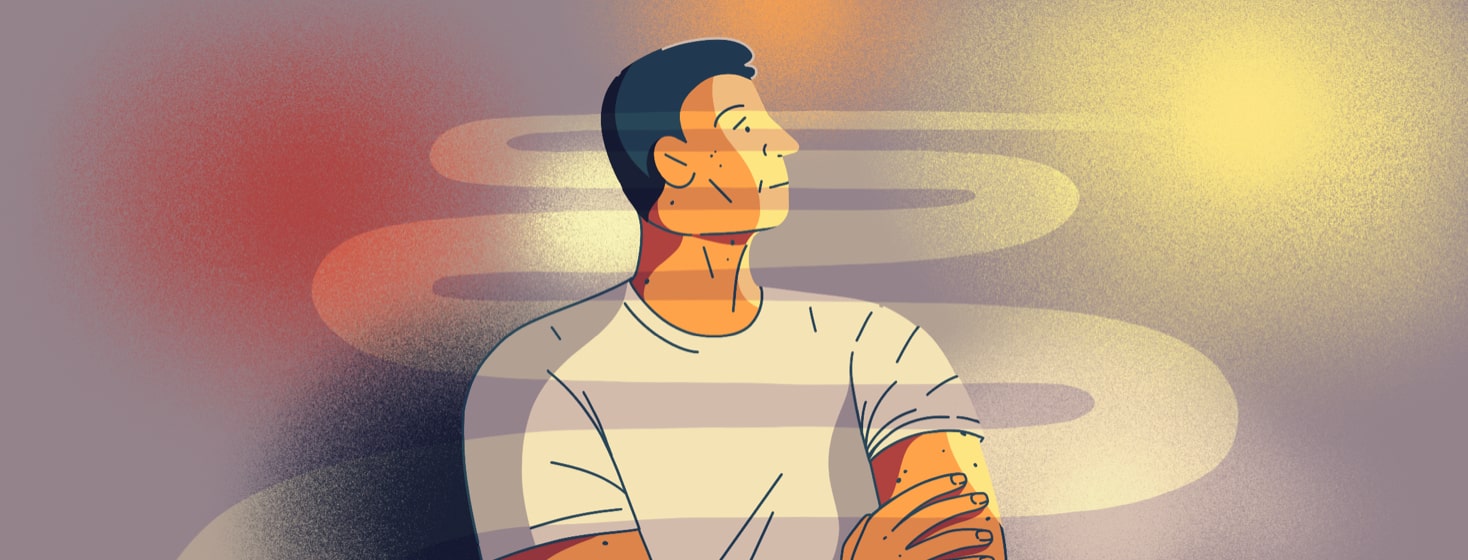Revisiting Diagnosis: A Reprise of Where I Was
I've had a few chances recently to reflect on my diagnosis of RA and lupus.
Most of this has surfaced because I'm starting classes again, and when asked to introduce ourselves, I usually try to include that I have some form of chronic illness as a way to signal that I might be wearing a wrist brace at some point, or I may have to miss class due to doctor's appointments or being sick.
It introduces an interesting dynamic.
I used to keep my disease to myself
I notice that some people feel uncomfortable when I mention this, but I like to consider that just as they feel comfortable, I have felt uncomfortable in my body ever since I was diagnosed. I don't want them to feel my pain, but I want them to understand that some of us are experiencing pain all day, every day, and that that impacts how I interact with the world around me.
This experience caused me to reflect on how I felt about having RA before and right after I was diagnosed. I used to keep my disease to myself, not wanting to share about my experience or what I've been through because I was embarrassed by having RA. I didn't want people to know that I was experiencing joint pain, having difficulty walking, or any other symptoms, so most people were unaware that something was wrong with me.
This is one of the conundrums of having an "invisible" illness: sometimes it's not immediately apparent that someone is sick constantly or has their disease, even though it is fundamentally embodied.
Before my diagnosis, I was focused on enjoying myself
Before I was officially diagnosed, I was in London studying abroad. I was visiting museums every day, going to cafés, hanging out with friends, reading in the middle of parks, and finding myself thoroughly pleased with life. Most of my friends — and people in my cohort — looked at me as if I was completely healthy and normal.
This was not the case. When I would wake up in the morning, I could not move my feet and had to shuffle over to the bathroom. In the shower, I was unable to lift my shoulders above my head to wash my back. At the end of the day, my ankles would be so sore that I would have to miss out on some of the excursions all of my friends were going on to rest.
Taking written tests, which, as an English major, is a necessity, proved cumbersome, even when I bought a wrist brace for my hand. But because I was in London, I never really thought about all these negative experiences; I was just focused on enjoying myself and having fun.
I have a new understanding of my RA diagnosis
Fast forward a few months, I was officially diagnosed. My RA was the worst it had been. I would wake up completely frozen/stiff from the pain in my joints, and I felt terrible essentially all the time.
It wasn’t a life I wanted to live, but the medication I was put on helped tremendously. When I started the medication, it was like a whole new chapter of my life was unfolding: I felt like I was able to start living life again, even though I was ensnared in a new challenge of managing a chronic illness.
What I want to communicate here is that I have a new understanding and contextualization of my RA diagnosis. Looking back at pre-diagnosis helps me understand life post-diagnosis, and I hope to continue understanding these junctures and overlaps.

Join the conversation